Carbon capture: What is it and how does it fight climate change?
The government hopes a new type of power station will help it meet is climate change targets. …
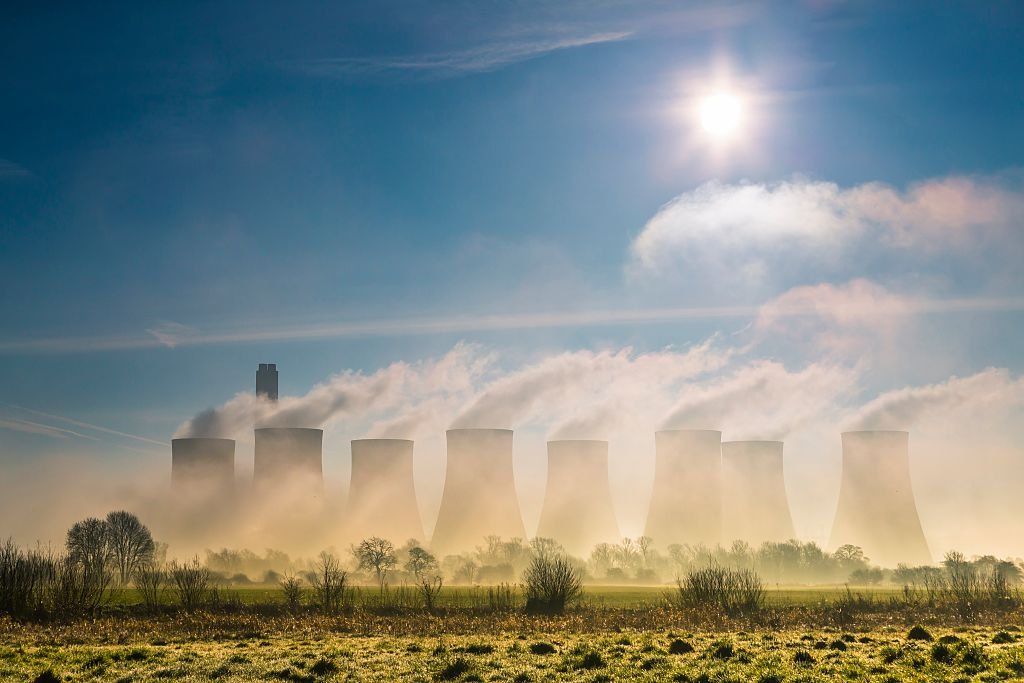
Published
12 hours ago
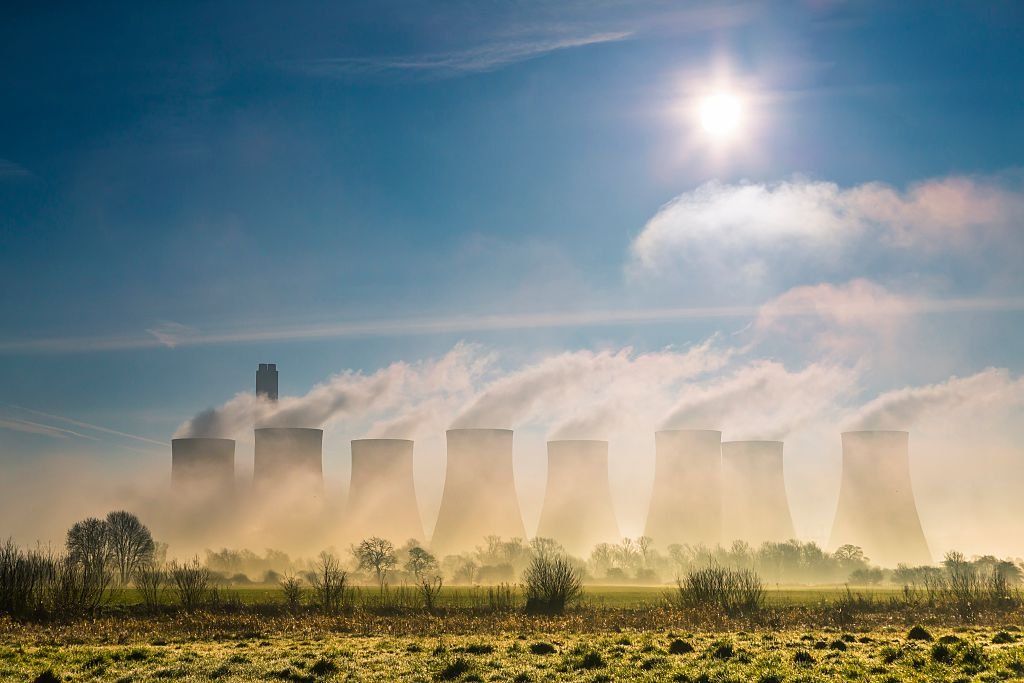 Image source, Inpho
Image source, InphoThe UK government is set to announce where a ground-breaking power station will be built.
The carbon capture plant is designed to stop most of the carbon dioxide (CO2) it produces being released into the atmosphere.
How does carbon capture work?
Burning fossil fuels like oil, gas and coal to generate electricity emits CO2, which is the main driver of climate change.
The carbon capture process stops most of the CO2 produced from being released, and either re-uses it or stores it underground.
The UK government wants a new power station where carbon dioxide is captured and stored under the North Sea – either in old oil and gas reservoirs, or permeable rocks known as saline aquifers.
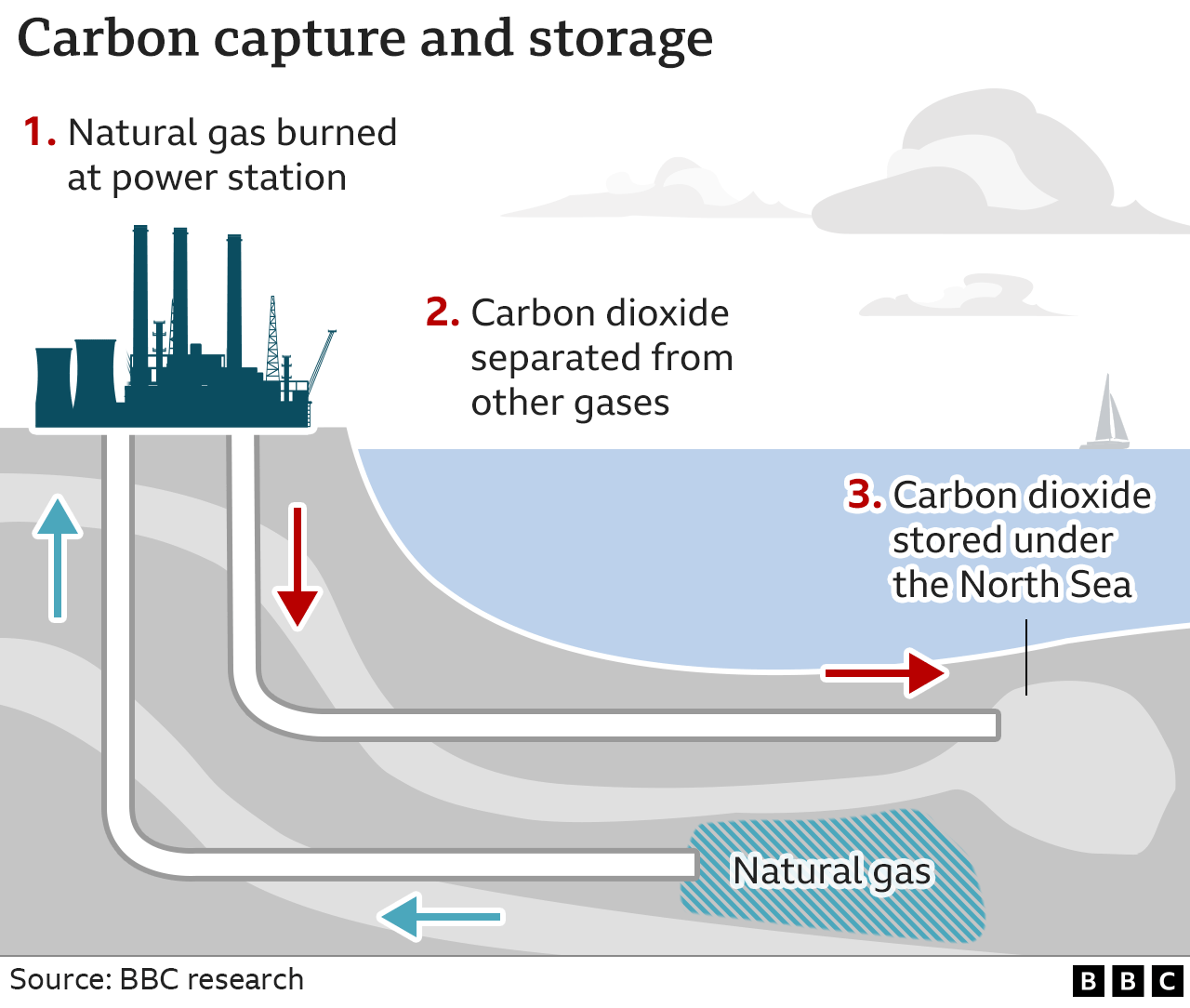
Why is carbon capture needed?
Carbon capture power plants are part of the government’s commitment to remove carbon from UK electricity production by 2035. It hopes to build at least one by the mid 2020s, although that deadline now looks improbable.
There has been a big expansion in renewable energy in the last decade – in particular the use of offshore wind – but the unresolved question is how to keep the lights on when the wind isn’t blowing.
Carbon capture power stations are seen as part of the solution, along with the increased use of nuclear energy, and other rapidly-evolving technologies such as hydrogen.
Where will the new power station be built?
There are three proposals under consideration: one at Keadby in north Lincolnshire and two near Redcar on Teesside.
All would require the construction of a pipeline to transport the captured CO2 under the North Sea for storage.
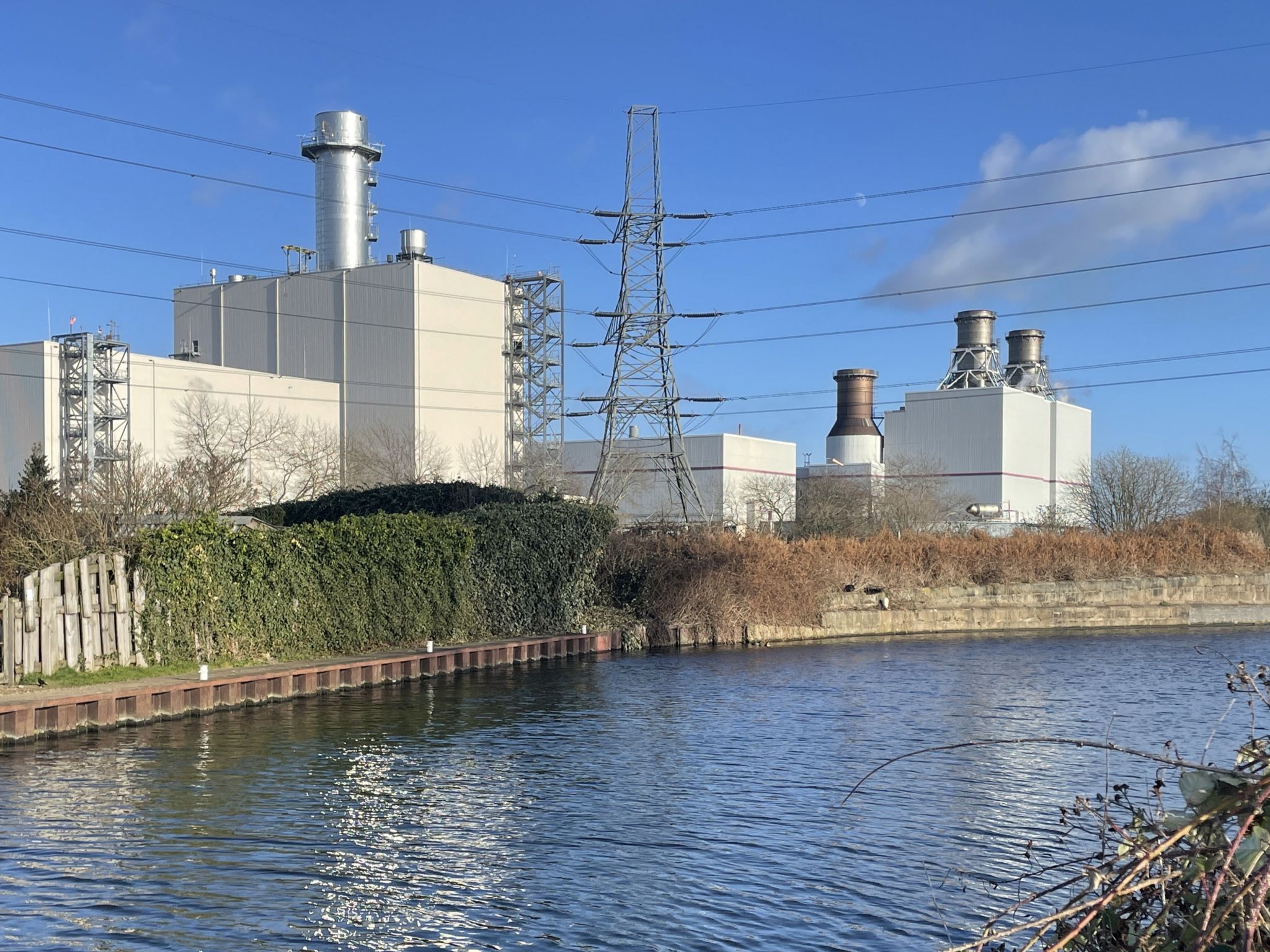 Image source, Jonah Fisher/BBC
Image source, Jonah Fisher/BBCThe UK’s first carbon capture power station could be next to gas plants in Lincolnshire
How much CO2 will the power station remove?
In 2021, the UK emitted 425 million tonnes of CO2. That’s fallen by almost 50% since 1990.
The amount being captured at these proposed power stations is very small by comparison.
None of the three proposed carbon capture plants claims to capture more than two million tonnes a year.
The government has set a target to capture between 20 and 30 million tonnes of CO2 a year by 2030. That could involve other industrial processes as well as power generation.
How much will carbon capture cost?
The technology has been around for decades. It’s mainly been used in industries where captured CO2 can be reused, for example to force out oil and gas from underground reserves.
There are no such plans to use the CO2 from the new proposed power stations.
The cost of a new gas power station at Keadby, providing electricity for nearly a million homes, is £350m.
Catherine Raw of energy company SSE told the BBC that building a similar sized gas power station with carbon capture would roughly double the cost.
The hope is that the price might fall over time. The cost of renewable energy for example has plummeted in the last decade.
There are those who see carbon capture as too expensive and believe the money would be better spent on renewables and power storage (like batteries).
“These power stations look like another excuse for the government to show preference to their friends in the oil and gas industry, making energy more expensive to everyone else’s disadvantage,” says Dr Doug Parr of campaign group Greenpeace UK.
Do other countries have carbon capture?
Almost all of these are attached to industrial plants carrying out activities such as natural gas processing or fertiliser production.
Once built, it is hoped other industries would use the UK power station’s pipeline to store CO2 under the North Sea.
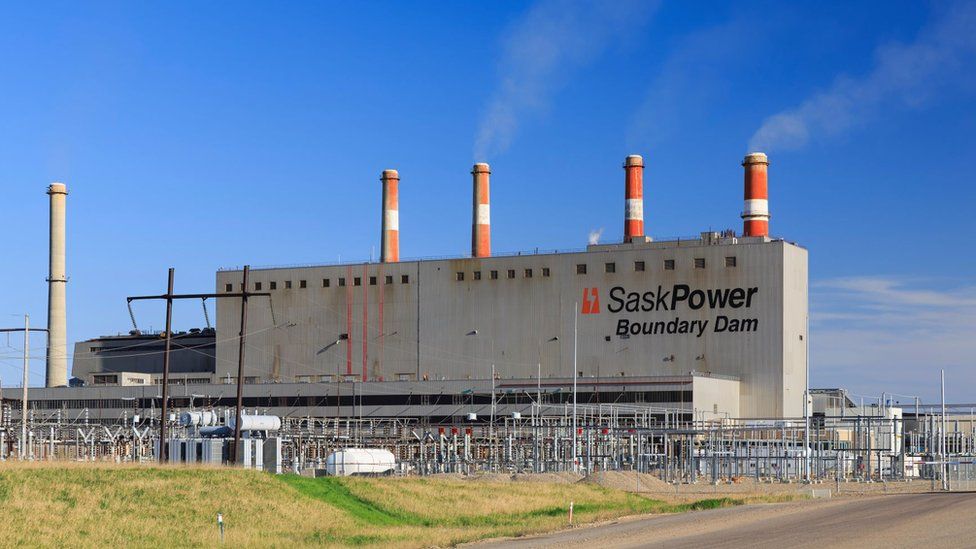 Image source, Alamy
Image source, AlamyBuilt in 2014, the Boundary Dam power station removes up to 90% of the CO2 it generates
However, several carbon capture gas power stations similar to those proposed in the UK are in development, mostly in the US.


